11 TTRPG Ideas So Cool You’ll Want Them in Every Game
By JimmiWazEre
Opinionated Tabletop Gaming Person
Hello, my name is JimmiWazEre and I have a problem, I’m a TTRPG-aholic. My Kallax shelving unit groans like a zombie under the weight of more TTRPGs than I’ll ever get to play.
However, when I’m not crying about this with the full bodied tears of an otherwise emotionally stunted Englishman watching the end of Marley & Me, I’m reading those TTRPGs - partially dreaming of the campaigns I’d like to run with them, but also scouring them for juicy mechanics, like a teenage fridge invader getting home at 2am following a night on the lash.
Phew, that was a lot of similes planted for comic effect. I think I may have been momentarily possessed by Jeremy Clarkson. Terrifying thought.
eleven RPGs that I own, and my favourite mechanic from each
Lets go with alphabetically ordered by system title. That sounds fun. See? You’re having fun already.
Whilst I’m not necessarily going to go into a full explanation of how each mechanic works - some are a little too complex for that, if you value my work and like the sound of any of these, please pick up a copy to checkout yourself using the affiliate links provided. I’ll earn a small kickback for every sale at no extra cost to you, and it enables me to feed my completely healthy and normal TTRPG addiction.
Game 1) Alien RPG - Stress Dice
Based on the classic franchise by legendary director Ridley Scott, Alien RPG* uses a dice pool mechanic for it’s ability checks, whereby the more dice you roll, the more chance of success you have.
I really like stress dice. Typically the dice you roll to test abilities are black d6s, and any value of 6 is a success. As the trauma of the adventure piles on, your characters acquire stress dice, which are yellow d6s. These have to be rolled alongside any normal ability dice roll, and they work in the same way as the black dice: 6s are still successes, however any roll of 1 on a yellow dice means that your character has to make a panic check, the subsequent panic result may mean that your action has failed regardless of other successes. Depending on the timing, this can really ratchet up the games tension.
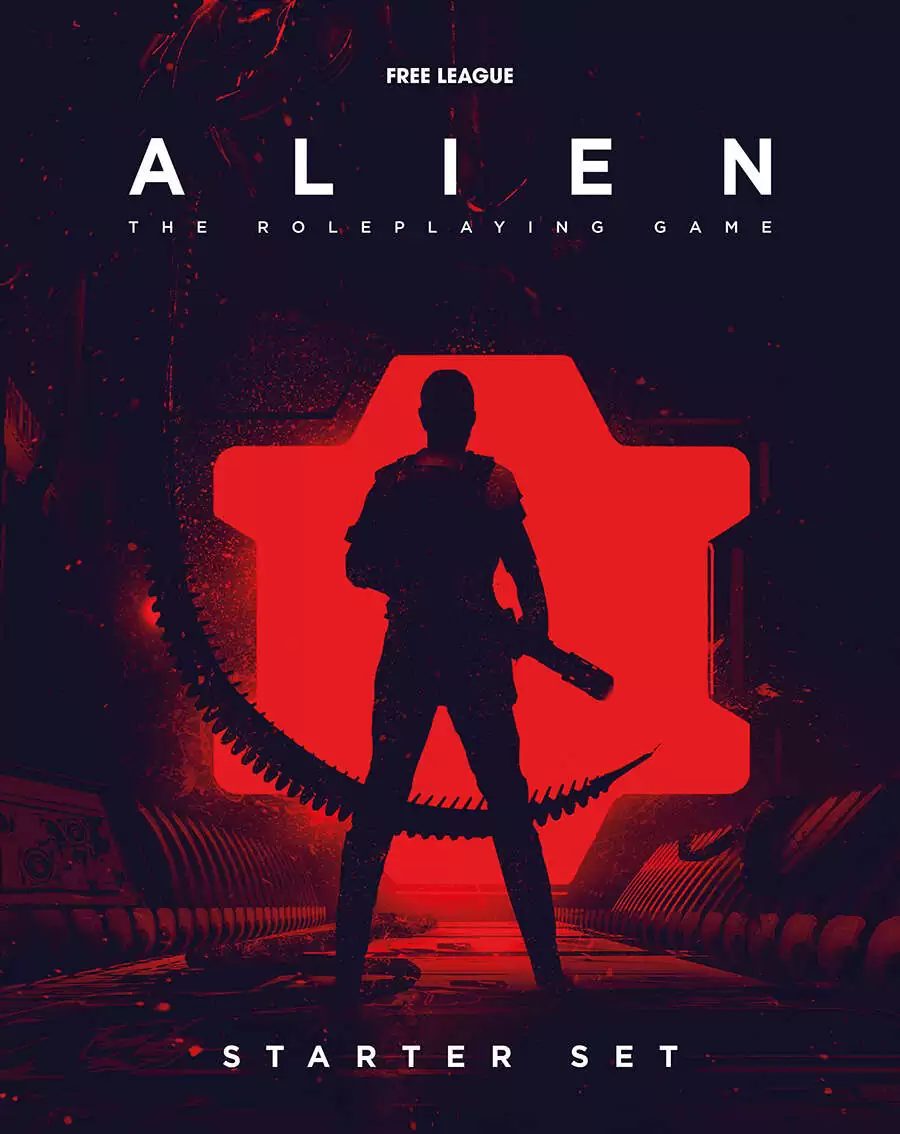
Now, what’s cool about this is that it very cleverly uses elegant game mechanics to support the narrative idea that with a bit of stress your characters can perform better, but with too much stress they will crumble under the pressure.
Take a bow, Free League Publishing #ChefsKiss
*There’s a new edition of this game currently in development, having completed crowdfunding recently, however the original content such as the excellent starter set adventure linked above is all compatible with minimal tweaking. The Stress Dice mechanic is being carried forwards into the new edition.
Game 2) Blades in the Dark - Progress Clocks
Progress Clocks may have originated in Apocalypse World, but Blades in the Dark popularized them and that’s what I’ve got on my shelf, so here we are.
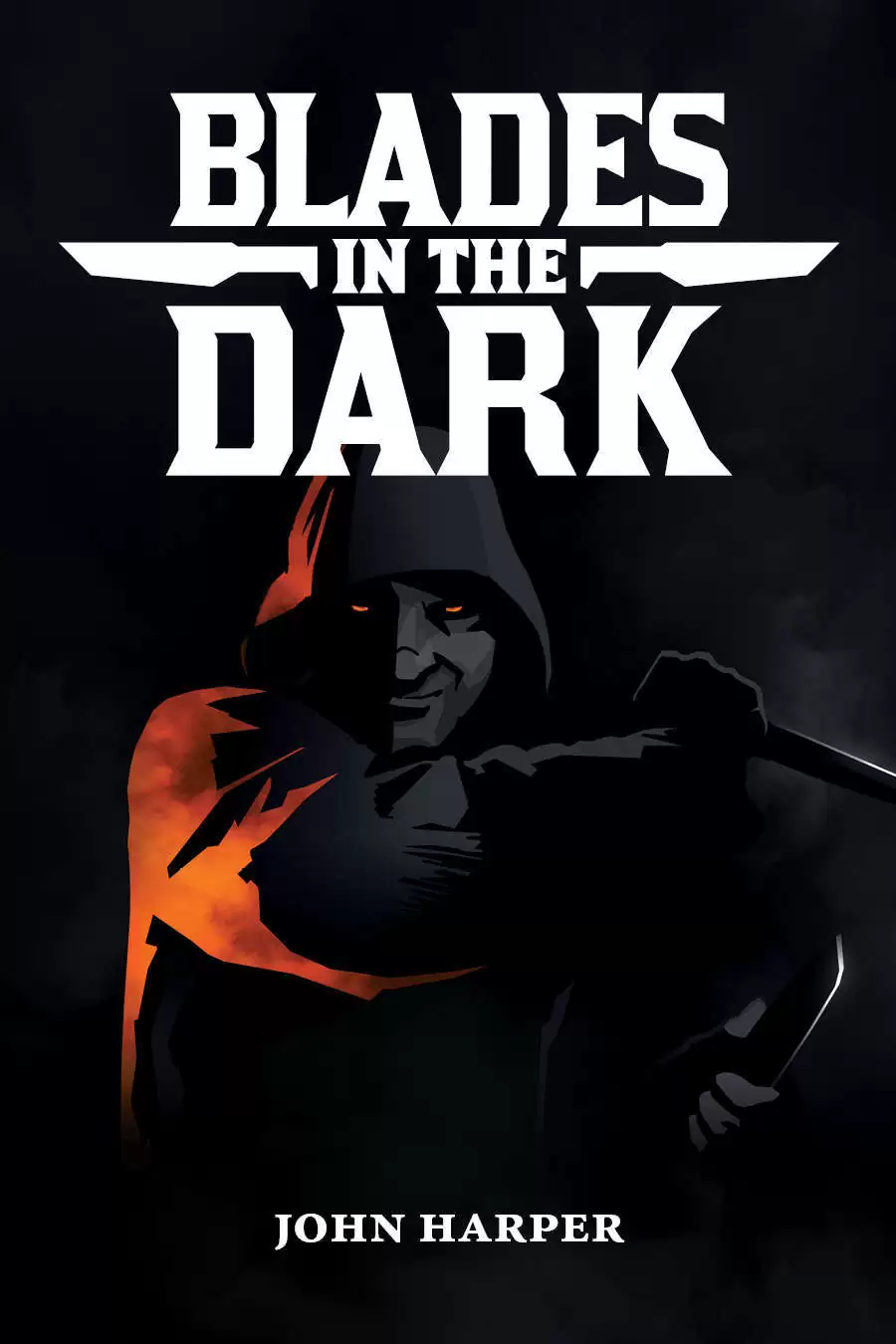
I actually wrote a much more detailed piece on Progress Clocks recently. The idea here is that complicated or significant events within your game should A) Be telegraphed to your players, and B) shouldn’t boil down to a single dice roll because that robs them of their climax by failing to build towards it.
Instead, you draw up a Progress Clock and mark off segments from it as the named event in question becomes closer to passing. Many things can cause you to mark off a segment - actual real time, game time, close calls in game, errors in game, GM fiat, successes in game… all sorts.
The crucial thing is that no single one of these is the absolute cause of the clock being completed and the event coming to pass, and the tension is dragged out for maximum effect.
Game 3) Brindlewood Bay - Character Theories
Last week’s viral piece was actually all about how this mechanic inspired me when looking for a solution to running a game based on the series From, so for more detail on that, please head over there. In a nutshell, Brindlewood Bay is a Mystery game that turns your players table theories about the central conspiracy into the realities of the game’s narrative at your table. Whatever they think the big conspiracy is, as long as it checks out and passes some checks, then that’s what it is - no more complicated prepping for the GM, just turn up with a gist and some vibes!
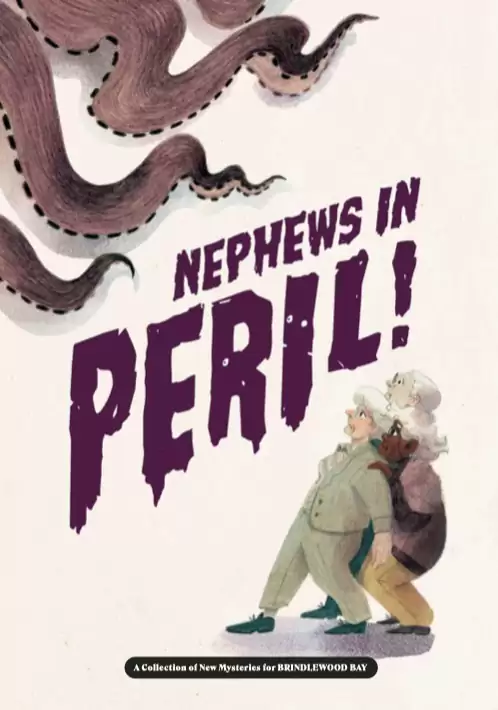
Anything that makes the GM’s life easier gets a double Fonzy thumbs up from me, but more than that - no more players becoming super frustrated that they’re unable to piece together some interwoven mystery exactly as was intended.
Quite possibly a very powerful tool in the GM’s box.
Game 4) Call of Cthulhu - Chase Scenes
I remember first learning about this mechanic whilst watching a Seth Skorkowsky video well before I owned Call of Cthulhu, it’s probably one of the earliest examples of me taking a great mechanic and pondering long and hard about how best to port it to other systems.
The problem with most games is that chase rules barely exist, and consequently people default to trying to simulate them using player stats. In something like D&D, movement speeds are all set by race. So if your chase is just you running and dashing, and then your pursuer doing the same all while under turn based initiative - it’s not exactly exciting is it, and the outcome is predetermined.

Cthulhu changed this, each actor starts off making a couple of rolls cross examining their stats to determine their chase speed, then you reduce the lowest actor’s chase speed from n to 1 and reduce the remaining actors speeds by that same amount.
The calculated value is the number of points a given actor may move this round. Chase scenes are an abstracted mini game unto themselves with all actors tracked on a kind of point crawl where the final point represents a successful escape. With interesting obstacles on most points requiring ability checks, faster players may find themselves stalled trying to clear a muddy swamp, allowing time for slower actors to catch up.
And that’s not all, the point crawl doesn’t need to be linear, you can have branching paths, so a shorter route might contain a difficult skill check, where a longer route might be clear. Makes for interesting choices.
The whole experience feels just like the horror movies that the system is trying to replicate.
Game 5) D&D 5e - Advantage and Disadvantage
As much as ‘Lizards Ate My Toast’ gets a chunk of stick from people, and fairly so in my opinion, D&D 5e is built upon a reasonably robust roll over d20 + mods system. Supporting this, by far the most elegant mechanic is Advantage and Disadvantage.
Rolling two dice and picking the best/worst result is such a neat way of stacking the odds one way or another that I generally find myself house ruling it into every game I run.
Gotta give them credit for that, even if it’s personally getting more and more difficult to give that particular corporate entity much credit at all lately.
Game 6) EZD6 - Make up your own Magic spells
I’ve always enjoyed the idea of removing limitations set by the game system over what actions you can take. For me, that’s one of the greatest joys of TTRPG play. Naturally, the idea of spells that you can make up yourself on the fly sits happily within that zone, but it usually comes with a cost.
Balance. Now, I don’t care much for encounter balance, but I do want characters to be balanced - I appreciate that there’s a nuance there. It’s always a sign of a failed system when a character just performs the same action over and over again because it’s so powerful that nothing else is necessary - the game quickly becomes stale and it’s because of poor character balance.
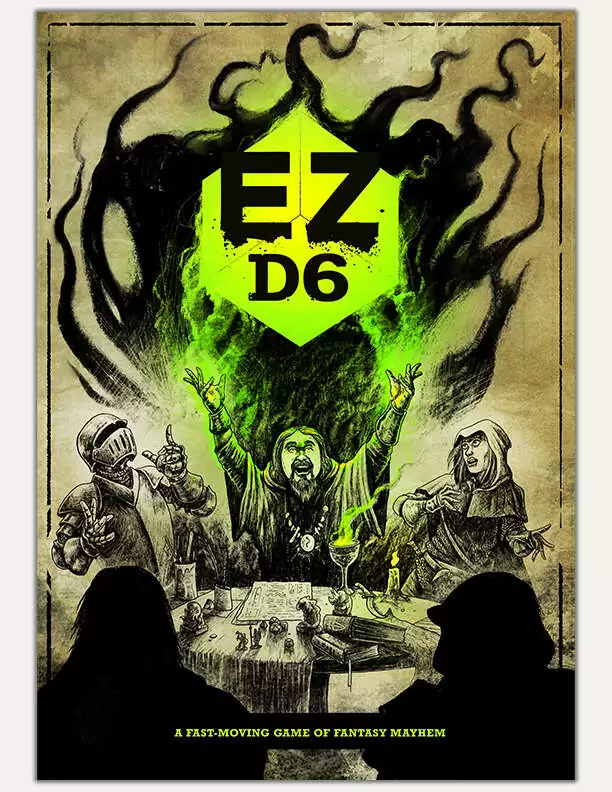
I think EZD6 manages to have it’s cake and eat it in this respect, because while magic is freeform and imaginative, its power is kept in check by the game’s streamlined damage system.
Most successful attacks only inflict a single wound. That means no spell becomes a go-to nuke, encouraging variety and creativity. The GM can always reward particularly clever or situationally appropriate spells (like using water magic against a fire creature) with extra impact, but the limited pool of Hero Dice and the Ruling over Rules philosophy ensures that balance stays firmly in the GM’s hands.
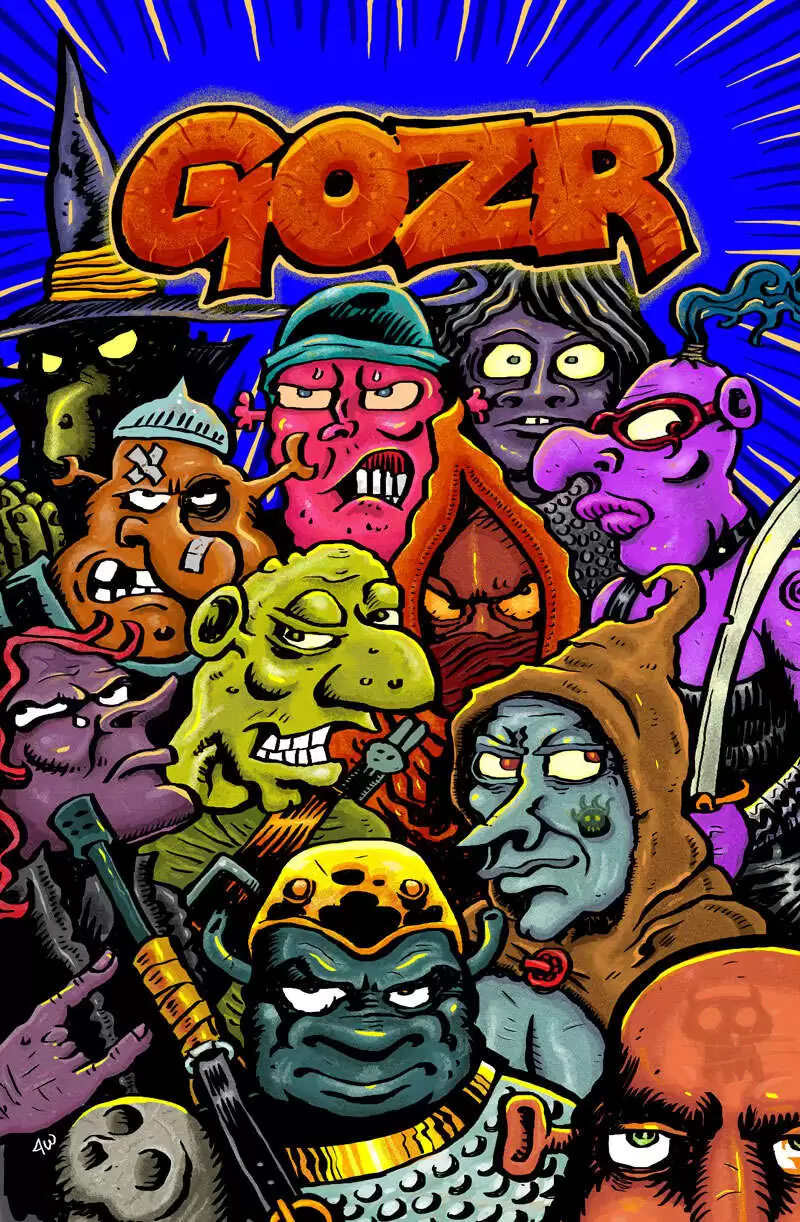
We all want our players to enjoy the games that they play with us, that’s why it’s nice that GOZR has the Death or Debasement mechanic: When your Gooz would die, the player picks if they would rather their Gooz is knocked out for the combat instead. If so, they take a pretty significant permanent debuff, representing a serious injury.
For those valiant few that elect to accept their fate and take the path that Grom intended, they get a buff to their next Gooz as a reward.
This is cool, because consequences, player choice, and agency are fully respected here leading to a situation where nobody gets an outcome that they’re unhappy with.
If you want to know more about GOZR, I wrote a little opinion piece on it a while ago, which includes a free cheat sheet also made by me. I’m also making progress on a compatible one-shot adventure, which will be published in a few months time.
If I have one mission in life, it’s to put GOZR in the hands of more people!
Game 8) Index Card RPG - Encounter Timers
I remember watching a video about encounter timers on Runehammer before he’d even released ICRPG.
The premise is that the absence of urgency is the enemy of interesting environmental exploration. Players with unlimited time to clear a room rapidly turn the game into a by-the-numbers snooze-along, because they’ve always got, and therefore will nearly always take the safe option of taking their time and doing everything carefully.
Exactly unlike any good action movie ever.
Come on now - Sometimes players just need poking, if only to save them from themselves!
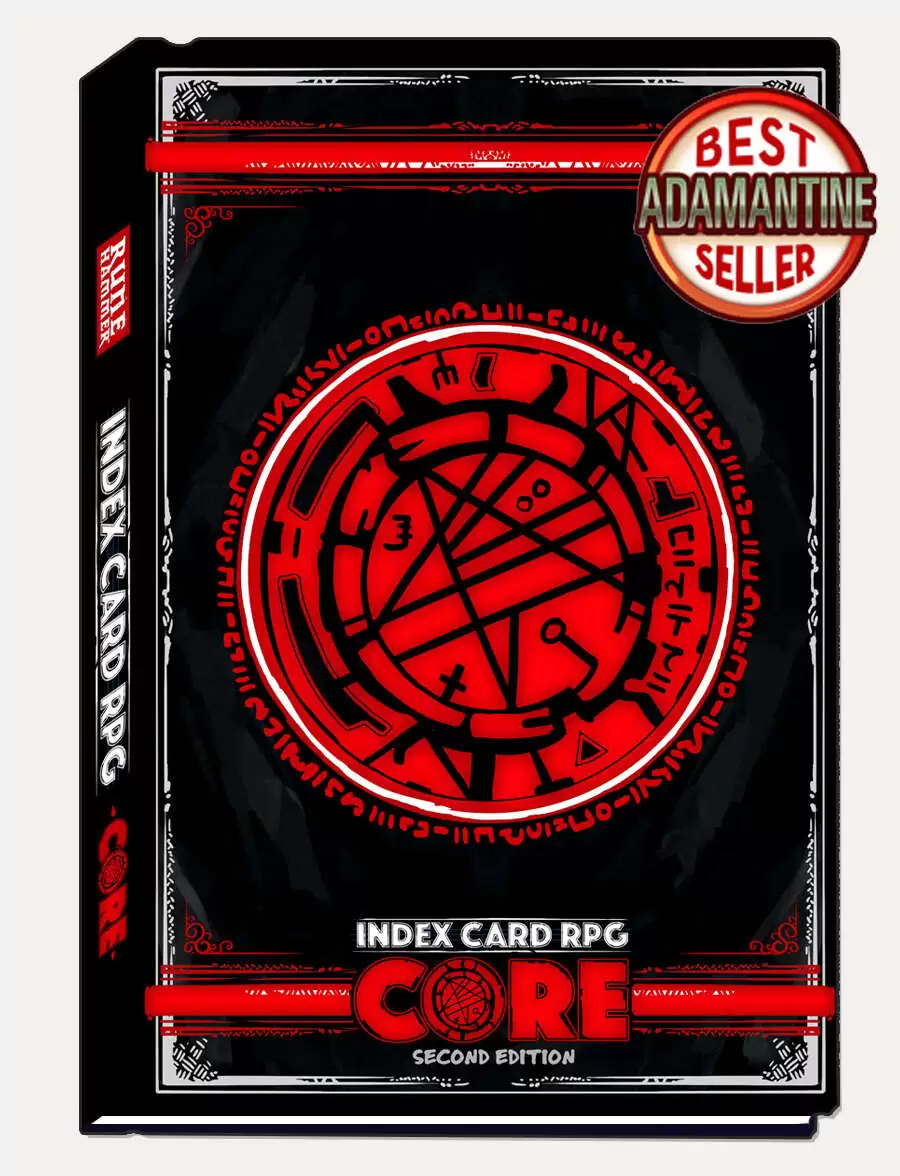
Similar to progress clocks above, but much more focused and simple - ICRPG says that whenever characters enter a new room, the GM rolls a d4 and puts it out on the table. This represents how many rounds they have until ‘something bad happens’. It’s key that the players know the bad thing is coming, else they will miss the urgency, but you shouldn’t tell them exactly what it is - they should use their investigation skills to work out for themselves to see if they can nip the crisis in the bud, or else work on getting out of this room and onto the next as soon as possible.
The game itself lays out a menu for the GM on some suggested ‘bad things’, but encourages you to make up your own, whilst advising that not all ‘bad things’ should be fatal.
Now the action is coming in from all sides and the session is a non-stop thrill ride, huzzah!
Game 9) Mausritter - Pip Inventory System
Hands down, in my opinion, Mausritter* has the best inventory system of any TTRPG. So good that the first homebrew rule on this site was shamelessly ripped straight from it without remorse.
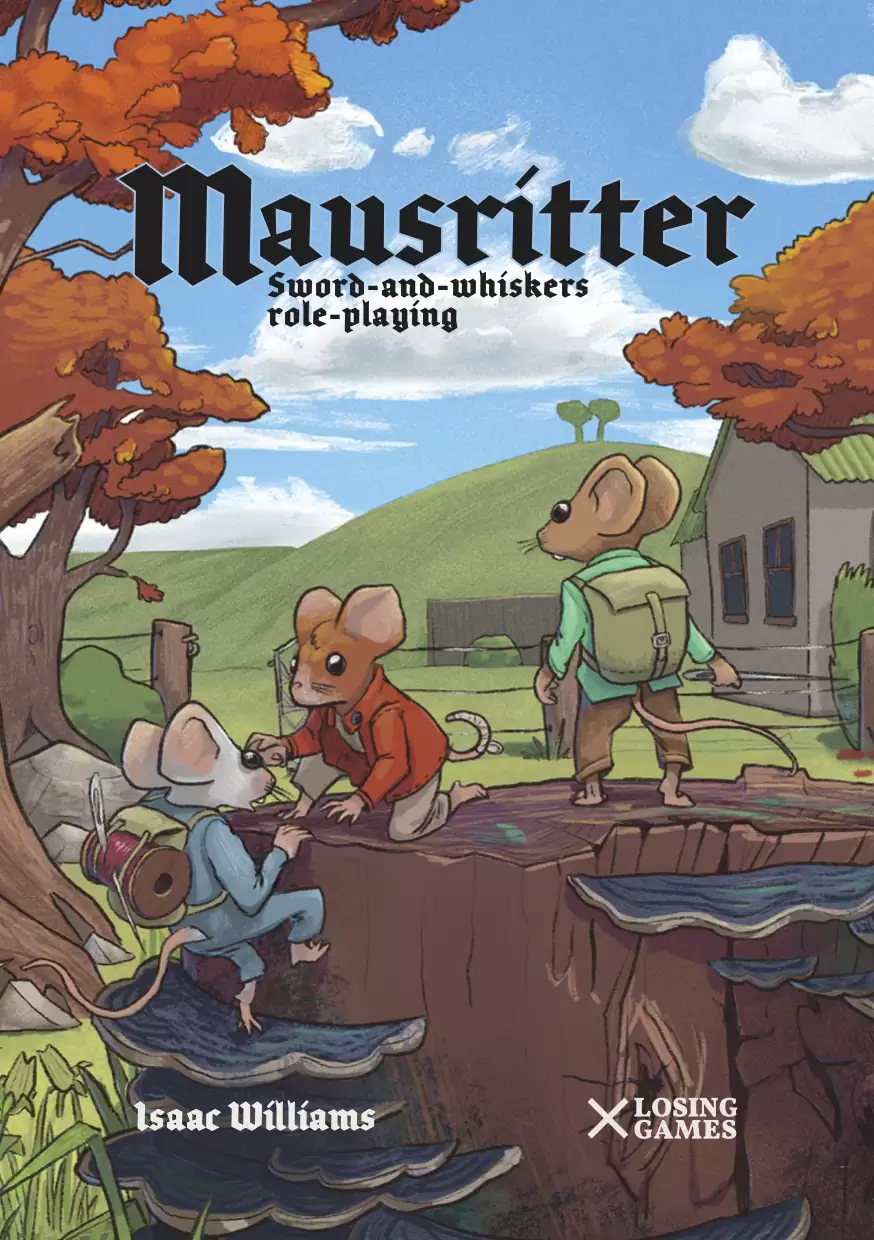
There’s two sides to this, firstly, each item in your inventory takes up a physical space on your character sheet, based off a gridded system. In the game, as you acquire wounds or other status changing conditions you represent those in the same area. This means that the mechanics are beautifully representing the narrative that the more FUBAR’d you are, the weaker you become and the less loot and gear that you can haul around with you.
Secondly, each item is printed on glossy paper than can be written on with dry wipe markers, this is so that you can fill in the pips on each item to abstractly reflect their dwindling quality or quantity. Rolling to check if they depreciate after use is a fair way to make sure that the in game economy keeps turning over and ensures that gear isn’t just a set it and forget it deal.
Really elegant, and a true masterclass in game design.
*Even better, Mausritter PDF is pay what you want, which means you can pick it up for free from the link above!
Game 10) Mothership 1e - Telegraphing Monster Attacks
This is one of those huge game changing mechanics for me that I use all the time in other systems. It seems so counter intuitive, and yet in practice works absolutely brilliantly.
The bizarre thing is that Mothership 1e* is not overtly explicit about this rule, and instead offers choices to the GM depending on which core book your reference, which in turn comes across more as inconsistencies in the rules!
But that truth bomb aside, don’t let that dissuade you. With the help of community engagement from the author, Sean McCoy, Mothership 1e has been demystified and what lies beneath is a brilliant game with a fantastic mechanic that both allows you to represent truly deadly and terrifying monsters to your player characters, but also keeps agency and control firmly in the hands of the players to avoid that feeling of GM fiat deciding that you are now dead.
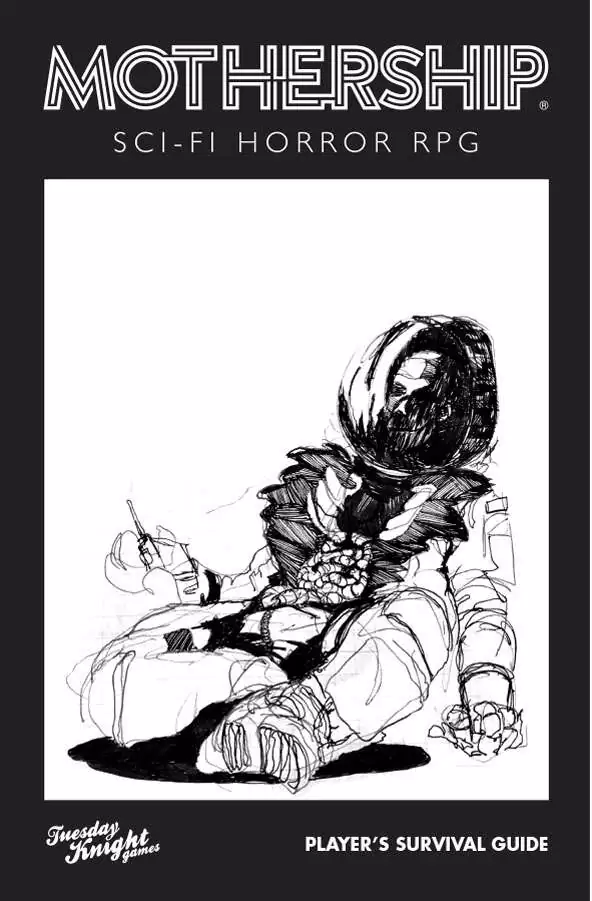
In Mothership, the monsters do not roll to hit, simply they roll to damage - often with devastating impact. To counter this, at the start of a round, you tell your players exactly what it is that the monster is going to attempt to do this turn unless they change the situation. Some players may chose to stand their ground and duke it out, others might attempt to diffuse the danger.
For example:
GM: “Terry, the Xenomorph snarls at you from down the corridor. It is about to run and jump upon you, with the intent of clawing at your chest.”
Terry: “Can I jump into the laundry chute just off to my side to avoid this?“
GM: “I sure hope so, make a roll for me“
Terry: “Success!“
GM: “Phew that was close, you dive into the chute just as the Xenomorph lands with an elegant clatter at the position you just occupied“
For me this is a fantastic balance between deadly monsters and avoiding gotcha moments for the players. If you want to read more about this and an extra house rule I apply to avoid GM Conflict of Interest, you should check out this post.
*Mothership 1e PDF is pay what you want, which means you can pick it up for free from the link above!
Game 11) Shadowdark - Real Time Torch Timer
If you’ve ever tried to run an old school dungeon crawl, with proper turn counting and resource tracking for things like light and magic effects, you should be able to empathise here.
Now I’m not saying that this original method is bad, please keep your pitchforks secured away in your overhead lockers, but for me and for my players we struggle to adapt from the freeform style we’ve grown accustomed to, towards the more bookkeeping heavy style which requires segregating the gameplay into smaller turn chunks and recording dwindling resources per turn.
So a very cool initiative for me was Shadowdark’s* use of real time to track how long a torch will last in a dungeon using a timer on your smartphone.
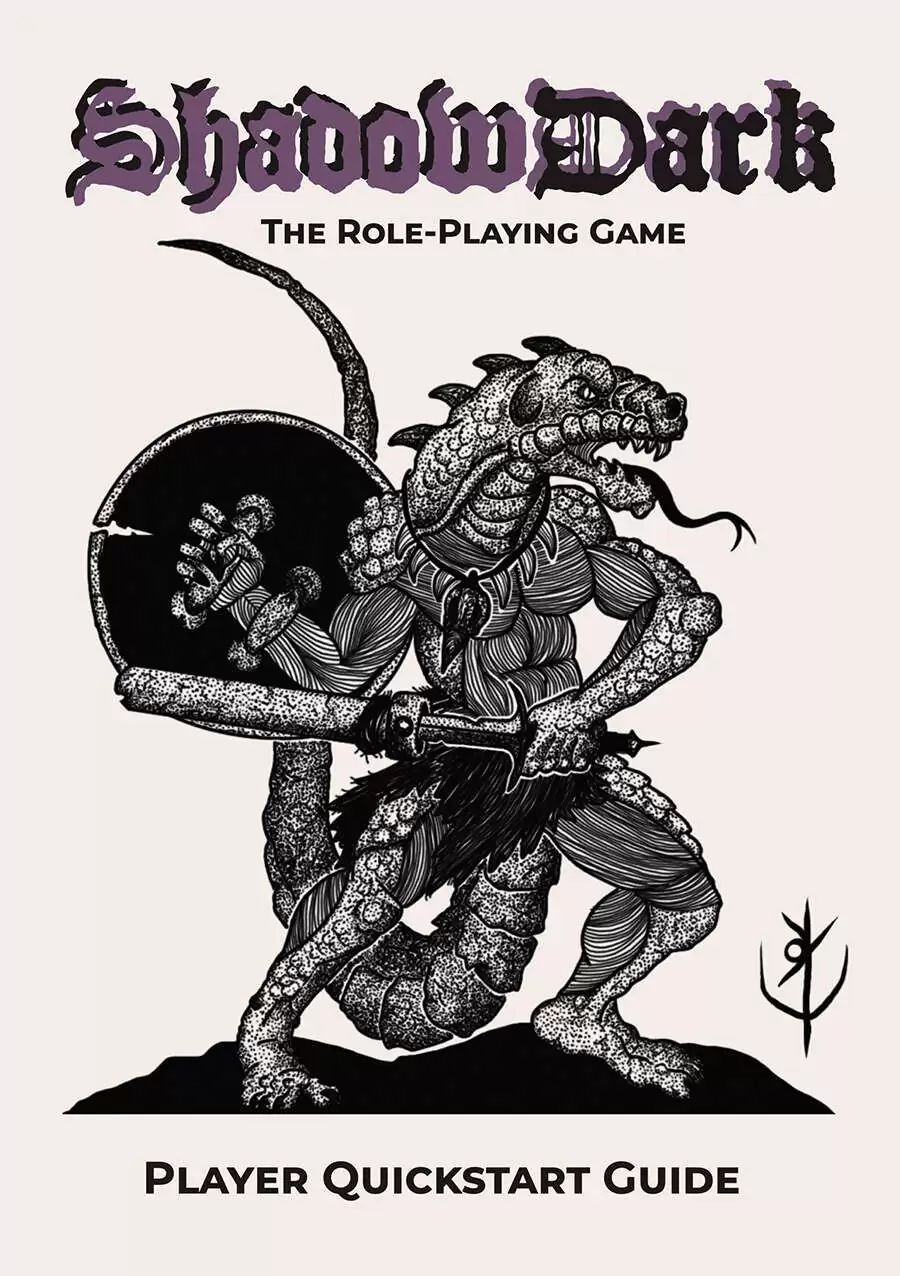
In fact this mechanic has inspired two articles from me, in one, I developed an Android app and give it away for free which uses randomised real time within a given range, to remind the GM to roll for a random encounter when an alert sounds.
In the second, I discuss using real time as an ever dwindling currency at the table, inspired by the film “Lifetime”.
*The quickstart guide is available for free at the link above!
Conclusion
There you have it. Which do you think sounds best? Which of these mechanics would you steal for your own game? Got one I missed? Drop it in the comments, I'd love to check it out.
Hey, thanks for reading - you’re good people. If you’ve enjoyed reading this, it’d be great if you could share it on your socials, and maybe think about subscribing to the Mailer of Many Things for monthly updates from DMT straight to your inbox! If you’ve still got some time to kill, Perhaps I can persuade you to click through below to another one of my other posts? Either way, catch you later.
This post contains affiliate links







The internet is full of advice on the nitty gritty of TTRPG play. I thought I’d leverage my experience slightly differently today and focus on some solid tips that are way more wide angle.